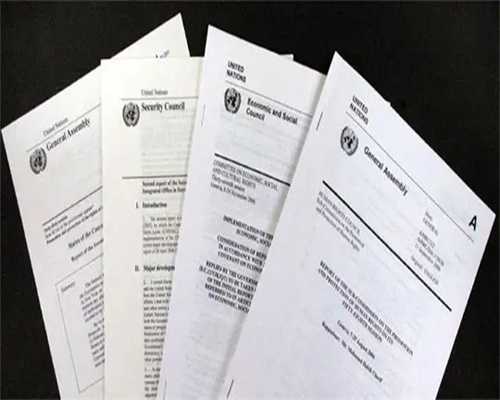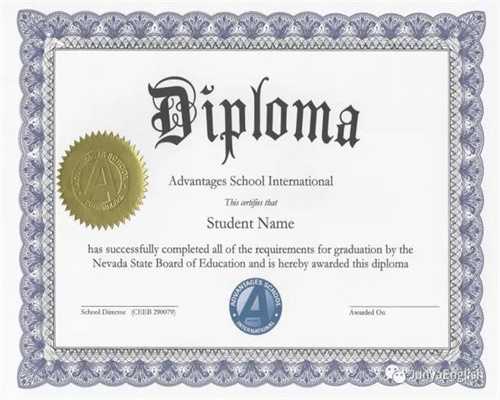怎样保证笔译的质量?
在笔译的过程中,随着累积会对工作越来越熟悉,上海臻云翻译公司给大家分享怎样保证笔译的质量?
In the process of translation, with the accumulation of more and more familiar with the work, Shanghai Zhenyun translation company to share with you how to ensure the quality of translation?
一、增译主语
1、 Added subject
由于英文表达习惯,常常用一些抽象名词作为主语,而中文的表达习惯则需要把抽象变为具体;英文中常常会为了避免重复而多用介词,中文则不怕重复,一个词会用上好几遍;英语中的复数名词译为汉语时,常常加入这些、各种、种种等,要视具体语境情况而定。
Because of the English expression habit, some abstract nouns are often used as subjects, while the Chinese expression habit needs to change the abstract into concrete; In English, prepositions are often used to avoid repetition. In Chinese, prepositions are not afraid of repetition. A word can be used several times; When plural nouns in English are translated into Chinese, these, various and so on are often added, which depends on the specific context.
二、增译谓语
2、 Adding predicate
英语中出现两个或多个相同谓语时,常常会省略,以使句子不那么赘余。而中文中则要译出来,使其表达更加地道;英文中的介词短语译为中文时往往要增译动词;有些英语中的名词在译为中文时要加入相应的动词,使其意义更加完整,表达更加明确。
When two or more of the same predicates appear in English, they are often omitted to make the sentence less redundant. In Chinese, it should be translated to make its expression more authentic; When translating English prepositional phrases into Chinese, verbs are often added; Some English nouns should be translated into Chinese with corresponding verbs to make their meaning more complete and express more clearly.
三、时间状语
3、 Adverbial of time
1、时间状语常常可以直接翻译,一般译到主句前。
1. The adverbial of time can be translated directly, usually before the main sentence.
2、有的时间状语从句引导词除了表示时间以外,还会附带条件性,所以在翻译的时候要译出条件关系。
2. Some leading words of adverbial clauses of time not only express time, but also attach conditionality, so conditional relations should be translated.
四、原因状语
4、 Adverbial of cause
1、北京翻译公司提醒大家:英语中的状语位置较为灵活,既可以放在主句前也可置于主句后,而中文表达常常遵循“前因后果”的顺序,所以在翻译的时候也要注意调整语序。
1. Beijing translation company reminds you: adverbial position in English is more flexible, can be placed in front of the main sentence, can also be placed after the main sentence, and Chinese expression often follow the order of "cause and effect", so we should pay attention to adjust the word order in translation.
2、但上述情况也不是绝对的,原因状语也可放在主句后,这样也对应了汉语中的结构“之所以……是因为”。
2. But the above situation is not absolute. The adverbial of reason can also be placed after the main sentence, which also corresponds to the Chinese structure "the reason... Is because".
五、目的状语
5、 Objective adverbial
1、总的来说,目的状语放在主句前翻译,把说明情况的主句放在后面。
1. Generally speaking, the target adverbial should be translated before the main sentence, and the main sentence explaining the situation should be translated after it.
2、目的状语也可译在主句后边,表示以免、以防、使得、生怕等等。
2. The purpose adverbial can also be translated after the main sentence, which means to avoid, to prevent, to make, to be afraid and so on.
六、译成汉语的主动句
6、 Active sentences translated into Chinese
1、一般被动句的主语是无生命的主语,翻译时常常要将原文主语译为汉语中的主语。
1. In general, the subject of passive sentences is inanimate, so it is often necessary to translate the original subject into the subject in Chinese.








